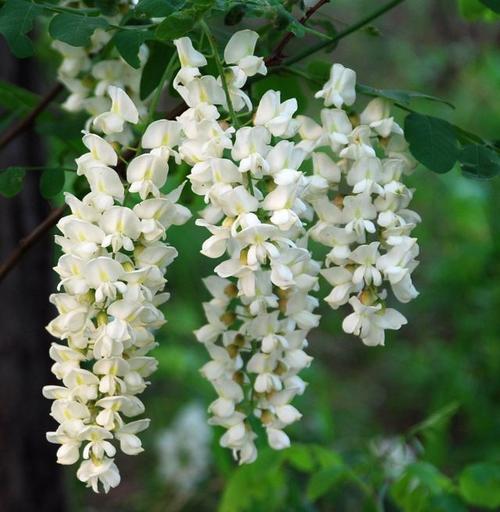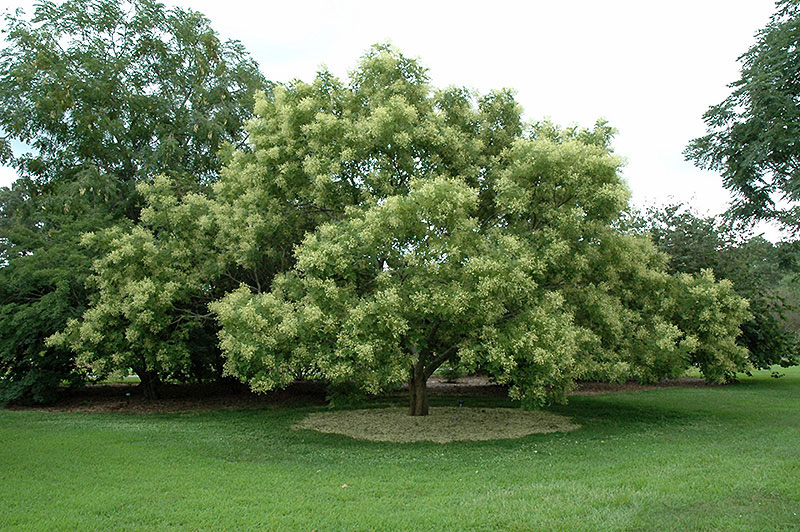japanese pagoda tree problems
Leaves are compound with 7-17 pinnate bright green leaflets. Millstone Japanese pagoda tree Styphnolobium japonicum Halka.
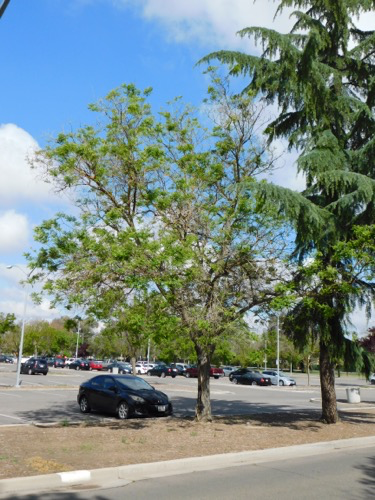
Japanese Pagoda Tree Sophora Japonica California State University Stanislaus
List of pests diseases and tolerances.
. Leguminosae USDA hardiness zones. The Japanese pagoda tree Sophora japonica also called the Chinese scholar tree is a native of China and Korea that thrives in US. Styphnolobium japonicum commonly called Japanese pagoda tree or Chinese scholar tree is native to China and Korea but not Japan.
It usually is not a problem on. Just like your furniture dust collects on the leaves of your indoor plants. Emerald Pagoda is an upright vase-shaped deciduous tree that is rather slow growing.
In ten years this cultivar will grow to 10 feet tall with a spread of 8 feet. Keep your Japanese pagoda tree Dust-Free. The flowers buds and fruit are used in traditional medicine.
Succeeds in a well-drained moderately fertile soil in full sunTolerates poor soils atmospheric pollution heat and once established drought. Pagoda tree Styphnolobium japonicum is a plant found in China Japan and Korea. The issue is that this can block the.
Extract from Japanese Pagoda Tree has been used widely in Europe since the mid-1960s for treatment of various vein conditions. Hardy to about -25 when mature. Japanese pagoda treeSophora japonica Family Fabaceae Pea family Plant Identification.
The wood is useful in construction. Canker diseases twig blight and potato leafhoppers are of concern. Japanese Pagoda Tree For vein problems.
Flowers resemble typical pea flowers and. Oval to rounded deciduous tree native to China and Korea. The Japanese pagoda tree grows 1223 metres about 4075 feet tall and features alternate.
Weeping scholar tree weeping Japanese pagoda tree Family. The Japanese pagoda tree is known for its fragrant flowers and attractive foliage. Dark green leaves are pinnate made up of smaller leaflets.
5A through 8A Fig. At maturity this tree can. Pagoda tree contains chemicals similar to.
This one relates to indoor plants. It is a medium to large deciduous tree that typically. The Japanese pagoda tree is a deciduous tree.
And the tree is cultivated as an ornamental in many places. Leaves are dark green and divided into several. Department of Agricultural hardiness zones 4 through 8.
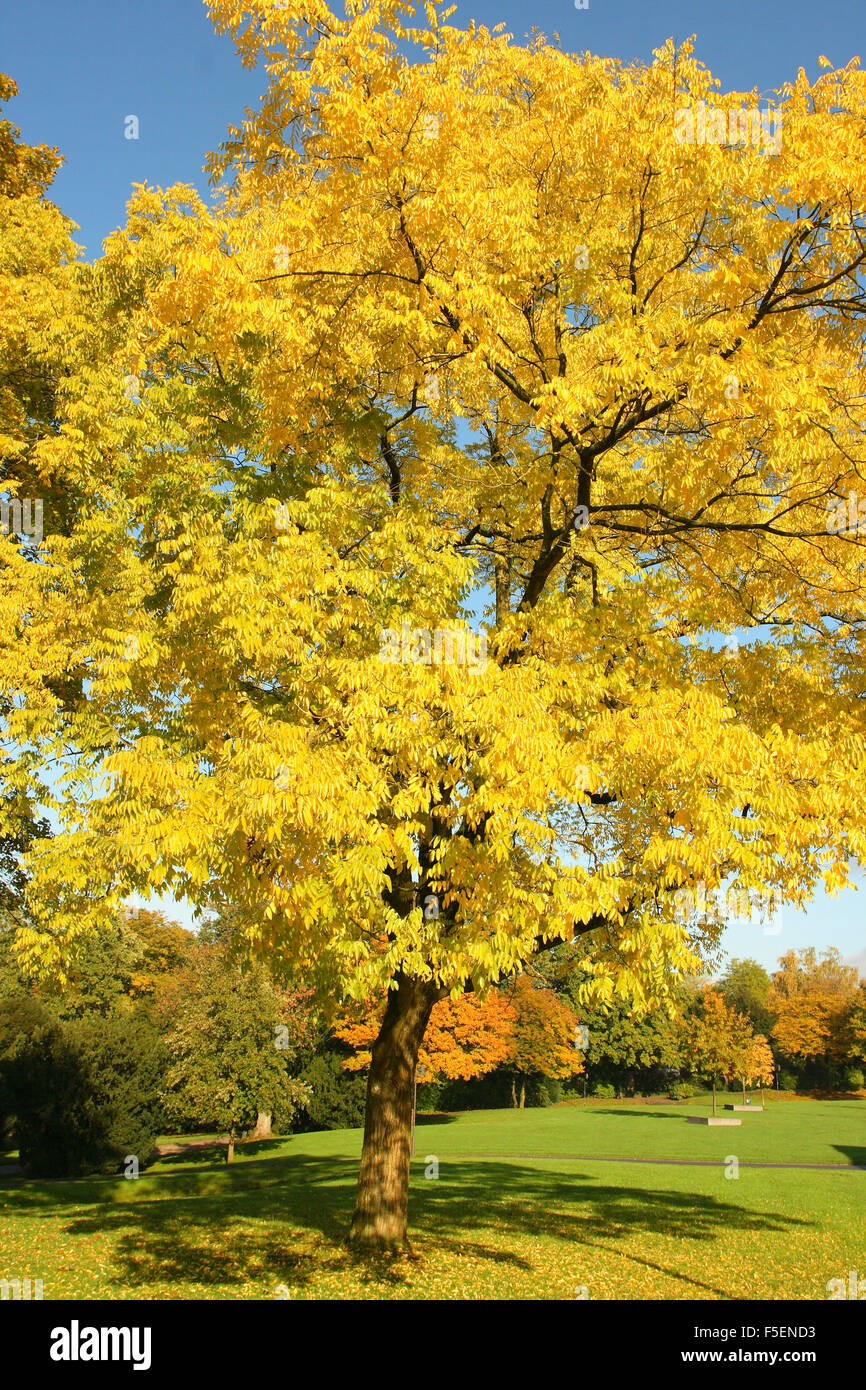
Pagoda Tree Hi Res Stock Photography And Images Alamy

Styphnolobium Japonicum Chinese Scholar Tree Japanese Pagoda Japanese Pagoda Tree Scholar Tree North Carolina Extension Gardener Plant Toolbox

019 Japanese Pagoda Tree Treescharlotte
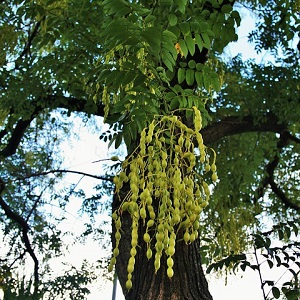
Japanese Pagoda Tree Spider Veins London Vein Centre

Tree Of The Week Japanese Pagoda Tree

Featured Plant Of The Month Weeping Japanese Pagoda Tree Japanese Pagoda Japanese Water Garden Pagoda
Pagoda Tree Styphnolobium Japonicum
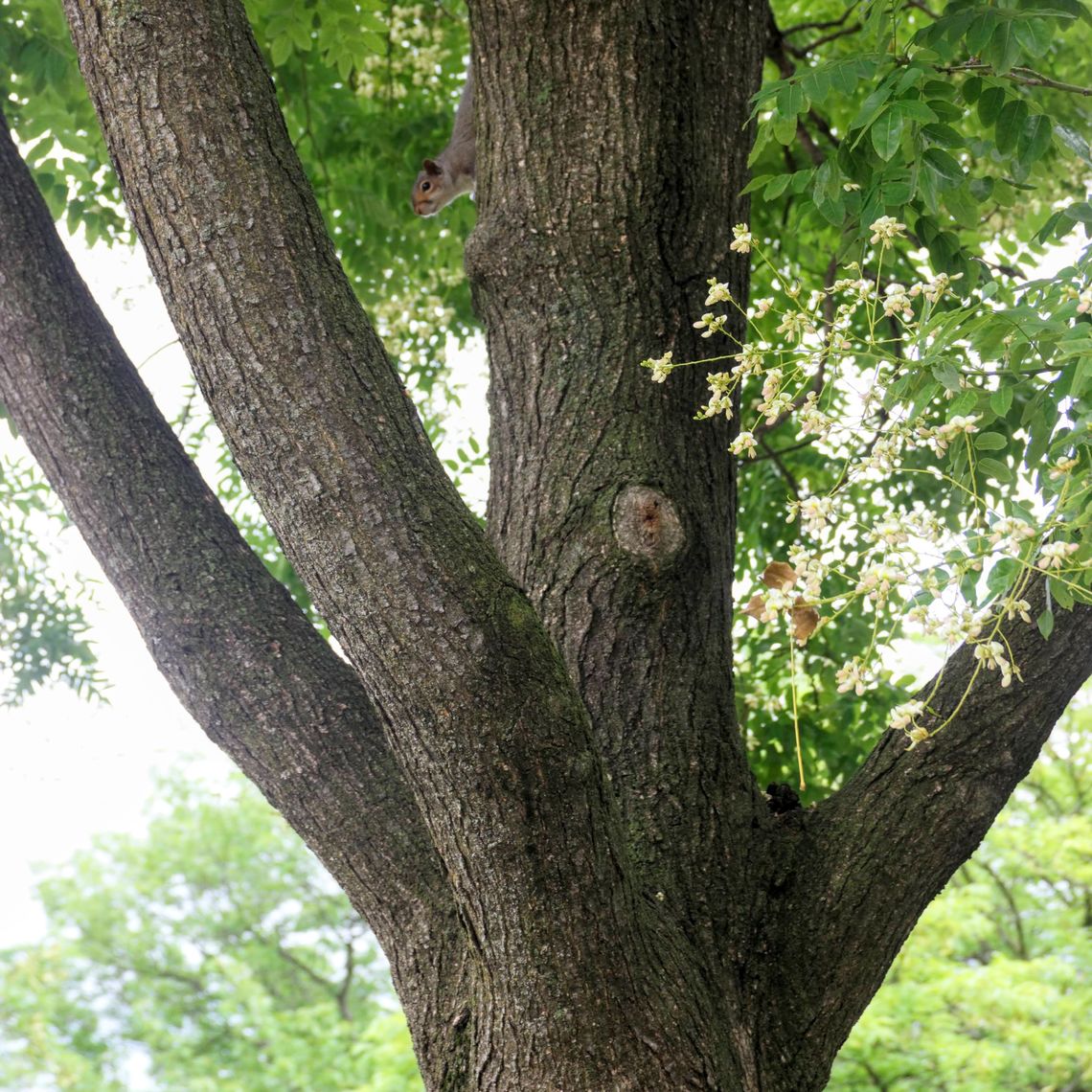
Franklin Marshall Japanese Pagoda Tree Sophora Japonica
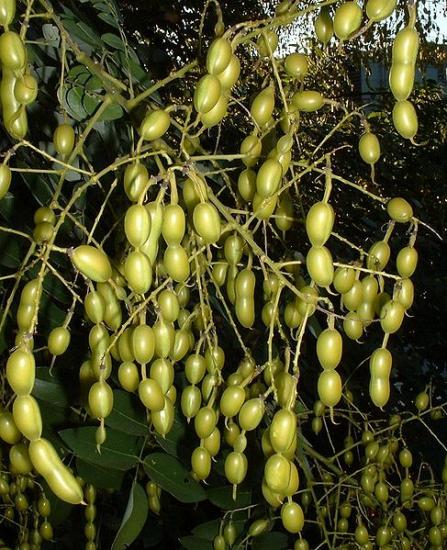
Japanese Pagoda Tree Scholar Tree Yale Nature Walk
Japanese Pagoda Tree Becoming Popular In U S Cities What Grows There Hugh Conlon Horticulturalist Professor Lecturer And Gardener

Japanese Pagoda Tree Styphnolobium Japonicum Inaturalist
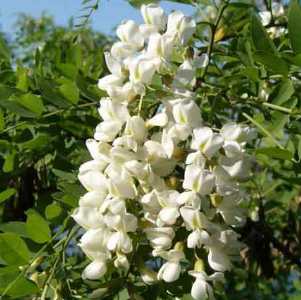
Styphnolobium Japonicum Japanese Pagoda Tree Sophora Japonica Care Plant Varieties Pruning Advice

Try A Japanese Pagoda Tree Rock Bridge Trees Trees For Bees
A Japanese Pagoda Tree Sophora Japonica L Planted In A Roadside Download Scientific Diagram

The Japanese Pagoda Tree Stock Photo Image Of Japonicum 118340518

